Three new models by LEGO Architecture founder Adam Reed Tucker
Adam’s creating some exciting new Architecture sets, but he had to move away from the LEGO brick to make it happen. We talked with Adam to learn more…
If you love it, let it go… This sentiment echoed through my conversations with Adam Reed Tucker about his journey; from creating the LEGO Architecture series in 2007, becoming a LEGO Certified Professional in 2008, and regrettably letting it go to pursue his vision by founding The Atom Brick.
In this article, we will learn more about the first three new architecture sets by his company The Atom Brick, and look back at Adam’s history with LEGO and Architecture. (Quotes are from my interview with Adam on February 6th, 2020.)
New Architecture Sets
The main reason for this article is to learn more about three new architecture sets based on famous buildings by Frank Lloyd Wright. All three are new designs which have not been included in the LEGO Architecture series, making them especially interesting to fans of the series.
To be clear, these sets are not made by The LEGO Group, and do not use LEGO Bricks. (I’ve included more information about the 3/4 sized bricks later in the article…)
New sets based on Frank Lloyd Wright homes:
- Martin House (1904, Buffalo, NY), 1961 pieces, $149.99
- Taliesin West (1937, Scottsdale, AZ), 1763 pieces, $134.99
- Unity Temple (1908, Oak Park, IL), 912 pieces, $74.99
Let’s take a closer look at all three of these models…
Darwin D. Martin House
The Martin House is the largest estate home that Frank Lloyd Wright designed in the eastern United States. The home has been restored, but the conservatory and carriage house were rebuilt in the 1990’s. It is considered one of the finest examples of his Prairie Style.
With 1961 pieces, the Darwin D. Martin House is the largest of the three new models and has a base of 44×62 studs. The smaller bricks make it just 26×37 cm (14⅝×10⅜ inches.) If it were built using LEGO bricks, it would be 35×50 cm (13¾×19⅝ inches.)
You may notice some similarities to Robie House, such as the gently pitched roof, large overhanging eaves, and integrated patio spaces. This is not surprising, since both buildings are part of the Prairie Style, and Robie House was built just 5 years later in 1909.
Taliesin West
Taliesin West is the sprawling complex which Wright used as his home, studio, and school during the winter months. It’s more angular features reflect the evolution of his architectural practice from the largely rectangular forms of his Prairie Style to more expressive geometric forms.
The model of Taliesin West uses 1763 pieces, and focuses on the section of Taliesin West surrounding the triangular pool, which includes the Drafting Room, Dining Room and part of the Apartments.
The entire complex is so large that it is not practical to re-create in a commercially available set. That said, Adam designed and built a gorgeous 4’×8′ model of the whole complex in 2015, which was on display at Taliesin West for several months. You will see many similarities between the new set and his larger model, even though the scale is much smaller.
April 17, 2020: Check out our detailed review of the Taliesin West set by The Atom Brick or buy it at Amazon.
Unity Temple
Frank Lloyd Wright’s design for Unity Temple is very unusual for churches built in this period, with no steeple, relatively little exterior decoration, and a difficult to find entrance. Once inside, the building is a joy to explore, with lots of natural light coming through art glass windows and a huge central skylight.
The smallest of the three new models, it uses just 912 pieces. It includes both Unity Temple, and the adjacent Unity House which is used as a meeting room and for sunday school. The building is a natural fit for plastic bricks, since it has a very regular, rectangular form.
February 24, 2020: Check out our detailed review of the Unity Temple set by The Atom Brick or buy it at Amazon. In addition a detailed analysis of the model design, you will also find an honest assesment of the tiny LOZ bricks.
Interview with Adam Reed Tucker
Brick Architect: Why did you decide to create models of these three buildings first?
We wanted to come out with three models [and] not to compete with LEGO. I wanted to make sure we did models I hadn’t done before to start the line. We are doing three more for the summer that haven’t been done before either.
Honestly, I plan on doing as many as it makes sense to do… At some point, I don’t see why we wouldn’t get around to doing 40 or 50 different models [of Wright’s buildings] when it’s all said and done.
Brick Architect: You are clearly drawn to the work of Frank Lloyd Wright… Why do his buildings speak to you so strongly?
I know it’s going to sound cliché, but I like a lot of different architects… Michael Graves, Adrian Smith, Greene & Greene, Arquitectonica, Morphosis, [Zaha] Hadid; I mean there’s a lot of different ones. But I don’t think any one has the breadth of portfolio of meaningful architecture as Frank Lloyd Wright does.
He is, in my opinion, the first architect that didn’t ascribe to form follows function… I’ve [visited] enough of his architecture and know enough about philosophy of design theory (which is my understudy) to know that … function can follow form. … He was more about creating spaces to stimulate different aspects of how you live your life.
He was original. He was an inventor, innovator, and creator of architectural styles which balanced scale, proportion, harmony, rhythm, color, use of materials, use of outdoor vs indoor, the natural [and] the built… How they dance poetically with each other. I feel like [only] Santiago Calatrava is an organic architect equal to Frank Lloyd Wright.”
Brick Architect: The packaging for these models show the Frank Lloyd Wright Foundation’s logo. Can you tell me more about your partnership with them?
I’ve always maintained a strong relationship with the FLW Foundation. There is a partnership with the FLW Foundation; It’s all officially licensed products. Right now what we are working on just his landmarks, [and] there’s a bunch of criteria going into the selection of models we are doing.
Brick Architect: Are there buildings by other architects which you would like to create in the future?
I can tell you that I’m working on Corbusier, [the] Charles and Ray Eames House, Barcelona Pavilion [by Mies van der Rohe], Glass House [by Philip Johnson], and just finished Saint Louis Arch by Eero Saarinen. I don’t think I’ll end up doing any Michael Graves work because … it’s virtually impossible to do out of bricks. [I might also] do some Bauhaus stuff.
Brick Architect: Can you tell me more about other themes beyond architecture that you want to explore with The Atom Brick?
I’m doing a lot of ancient architecture as well. We’re doing the Roman Coliseum, we’re doing the Parthenon, we’re doing the Egyptian Pyramids, we’re doing Macchu Piccu, we’re doing Angkor Wat, [and] I’m doing a couple Mayan structures.
I’ve also got 8 other categories I got to fill out. We have about 20 designers right now that were working with … and I’m always looking for more designers to help with creating subjects that fall in the other areas [such as] Transportation, Nature, History, and Engineering. [Designers will get] a percentage of sales of the set in perpetuity.
About The Atom Brick
Adam was forthcoming that the bricks aren’t quite perfect, but is working with the manufacturer to continue improving the quality over time. He said “based on doing SNOT studies … the 1×1 plate is a little taller, like ¼ of a millimeter taller than it should be.”
I also learned that you may be able to build these models using LEGO bricks instead; He indicated that “I don’t think there are any elements in these sets that LEGO doesn’t make.” (That said, the parts might not be available in the color you need.)
About Adam Reed Tucker
Adam was an architect in Chicago when the real-estate downturn in 2006 caused him to consider new opportunities. As outlined in the 2014 book LEGO Architecture: The Visual Guide, he “visited a Toys R Us, filled 11 shopping carts with LEGO sets, and set about refamiliarizing himself with the bricks he played with as a child.”
With these bricks, Adam built several large-scale models of iconic skyscrapers which he shared with other LEGO enthusiasts at LEGO conventions (such as Brickworld Chicago, which he co-founded in 2007.) Recognizing that LEGO can help people understand and appreciate architecture, he designed smaller versions of two iconic Chicago skyscrapers. 1250 hand-packed sets based on the Sears Tower and John Hancock Center were produced with a little help from The LEGO Group, and sold to fans as a proof-of-concept.
In recent years, Adam founded the Blocks to Bricks museum just outside of Chicago which opened in 2018, and founded The Atom Brick in 2019.

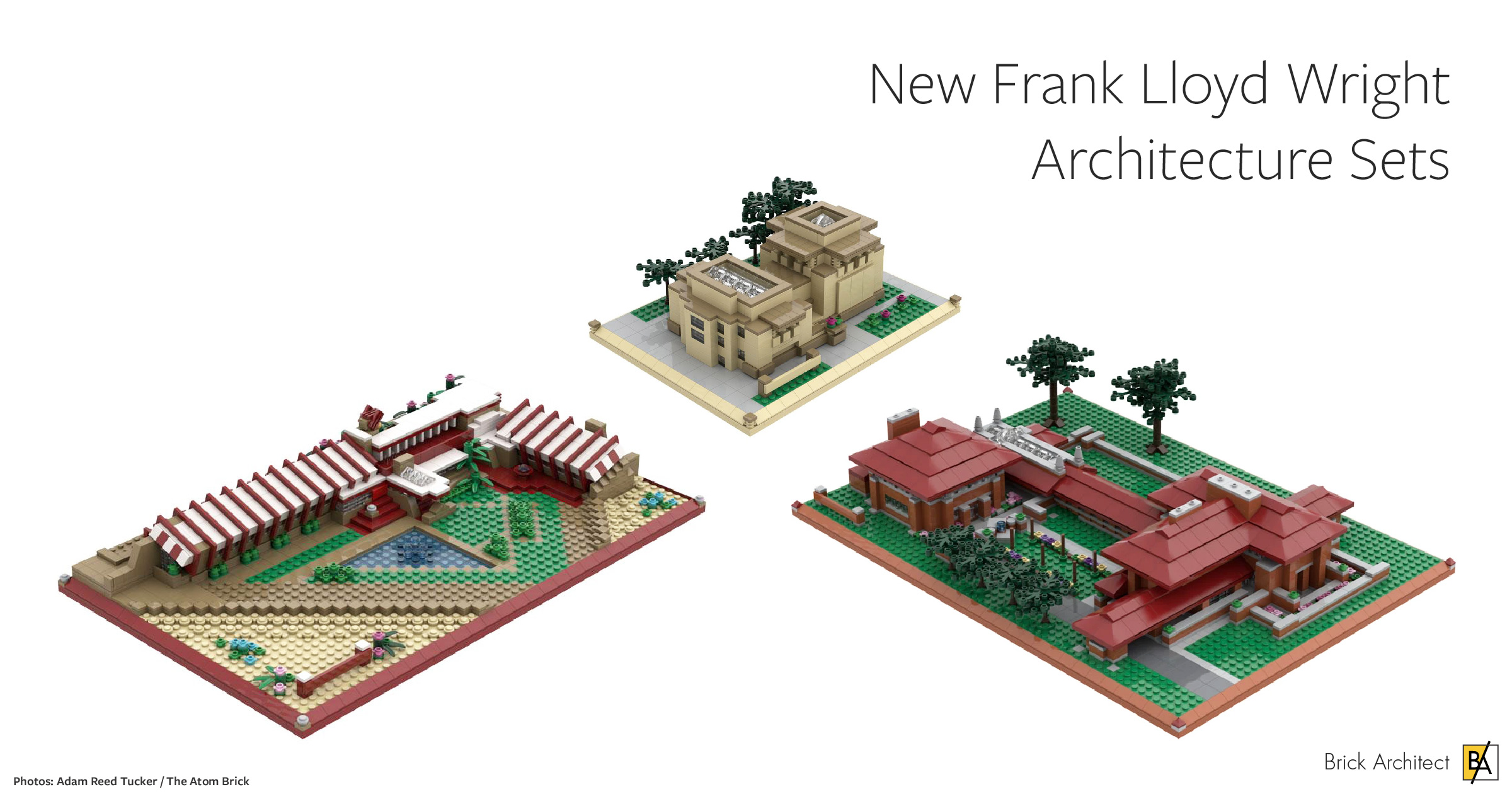

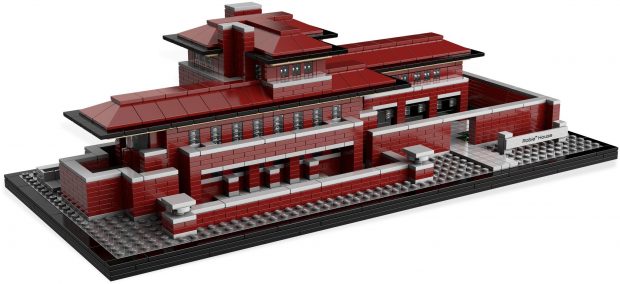

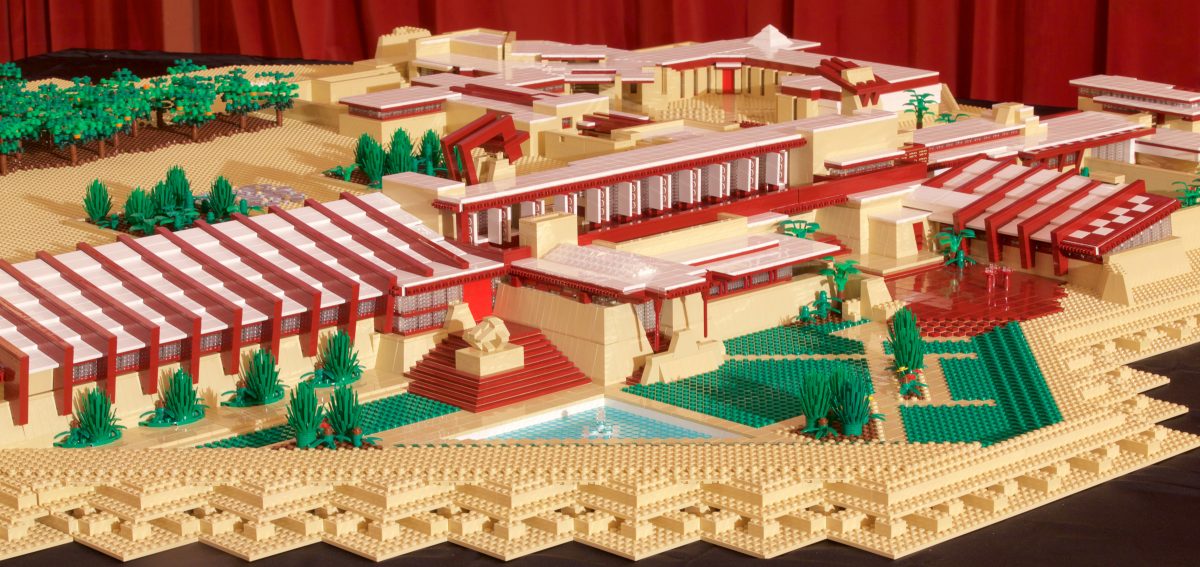

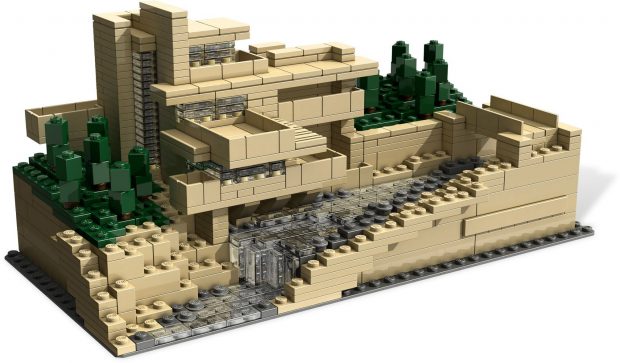
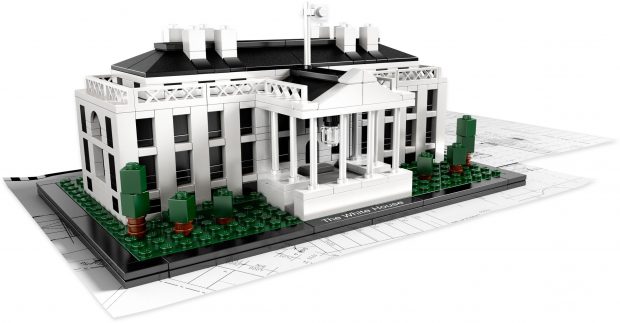
16 sets? I went through and counted 15: 21000–21012, 21015, 21016. Which one did I miss? Or did you count the Sears and Willis variants of 21000 separately?
Would Adam Reed Tucker release a step-by-step guide and brick set for his Brick-By-Brick Falling Water display?
I doubt it, since it would require tens of thousands of bricks.
Will we ever see them in Europe?
Sergio,
I do not know, but you can click the links in the article which will take you to the Amazon USA website, and see if they will ship international.
Yes, there is the option. The problem is the high shipping costs and fees.
It’s certainly great to see Adam Reed Tucker back in action and designing official architecture sets, especially the concentration on Frank Lloyd Wright. While it might be kind of “mainstream” to love Wright, he just genuinely deserves it and has an amazing portfolio worthy of “brickification” and those 3 models look really great.
hat I would like to know, though, is why Adam chose to deliberately go for incaompatible bricks. It’s understandable to want to go your own way and be creative, but economically it would probably be much easier to make yourself a stand in the LEGO world if your bricks are compatible, if not colourwise, then at least structurally, especially if you intend to offer an alternative that you think the Danes to be lacking in. Personally, that’s the biggest deterrent for me (apart from not knowing if these will be available in Europe anyway), which as a big Wright fanboy is a little sad for me. Nowadays there shouldn’t be much of a copyright problem with regards to compatible bricks, especially since he doesn’t have minifigs. So was the choice for 3/4 parts just because he couldn’t find another production partner with compatible bricks or is there more behind a deliberate structural departure from LEGO bricks?
I would imagine it has to do with size. Adam’s models are quite large and with standard LEGO® bricks would be quite expensive, although as the article mentions most Atom Bricks have standard LEGO® equivalents so you can build them out of standard LEGOs if you want.
You can definitely build them using regular LEGO bricks, although I’m not sure that you can get every part you need in the right color. Small modifications will probably be required.
Would like to see a model of the Gamble House in Pasadena by Greene and Greene
Nice to see the Eames House, Glass House, and Barcelona Pavilion all on the docket – all three of which I’ve been hoping to see from the LEGO Architecture line for a long time now. Given the… ethical ambiguities… of LOZ, I might prefer to just translate the designs to LEGO bricks and then, I dunno, Venmo a commission directly to the designers or something.
It gets worse, look at their shipping policy, not liable for damage during transit. I don’t think that would be legal in the UK. If the goods arrived damaged or get lost, it’s up to the supplier to sort it out, they placed the contract with the shipper.
Not a reputable company.
“That said, many of the sets they produced in the past were copies of official LEGO sets, with apparent disregard for copyright and licensing concerns.”
It’s not just in the past – just going to the front page of their store shows they’re selling loads of stolen designs and IPs right now. Definitely not a company I’d want to give my money to.
Glark,
Your concerns seem justified.
Many of the sets replicating LEGO Architecture sets are sold out, which might mean that the ones still for sale were produced in 2018 or earlier. There current lineup includes a lot of models based on IP such as Disney. It’s unlikely that they are licensed products since I believe LEGO has exclusive license to building products based on that IP.
The information I shared is what I learned from Adam, and I have not contacted LOZ for comment.
I look forward to seeing the ancient architecture sets. I’ve hoped for years that Lego would produce an Angkor Wat set
I don’t think the Atom bricks are a solution to anyone’s problem. The incompatibility with the LEGO System removes any utility they may have had — which was probably limited to providing a little more ‘detail’ a the same distance — Nothing more.
These sets are cool. I have all the FLW sets, the Robie house is my favorite. I also like falling water, but think they could have made the landscape a different colour from the house, and think they may rerelease it as a better set.
I share your sentiment. But while it might not have the advantage of an official boxing, there are MOCs that try to mitigate that:
https://rebrickable.com/mocs/MOC-1723/jgw3000/color-modification-of-21005-fallingwater
https://rebrickable.com/mocs/MOC-35339/Rauy/fallingwater-color-variation